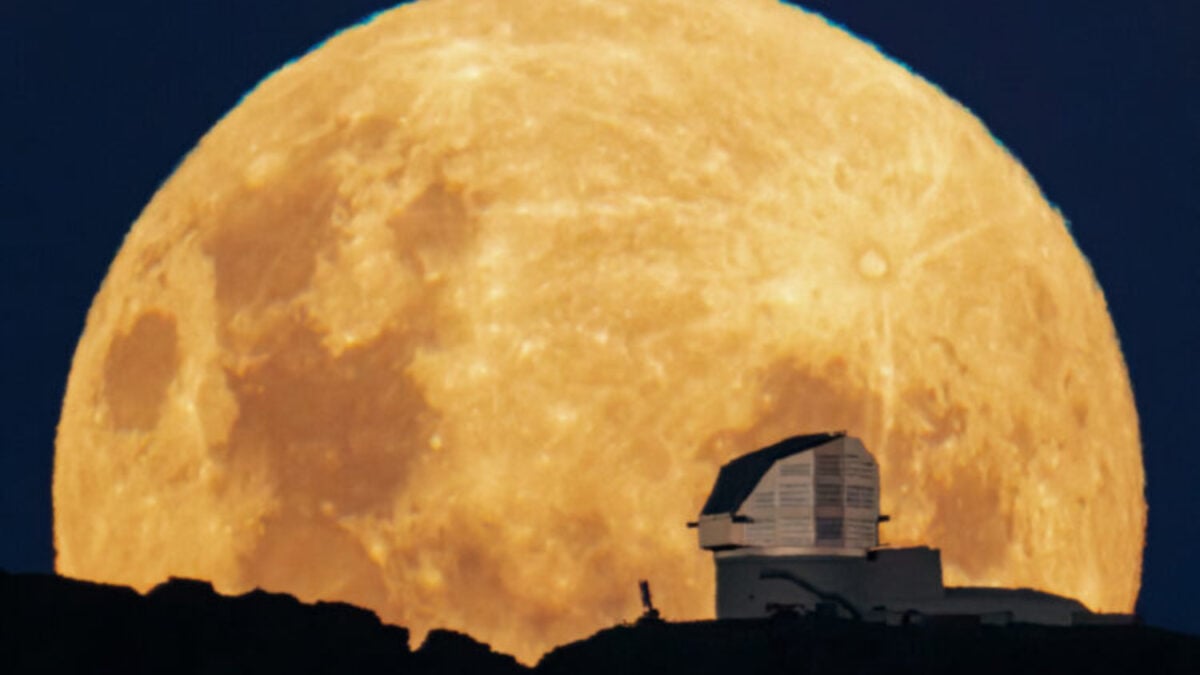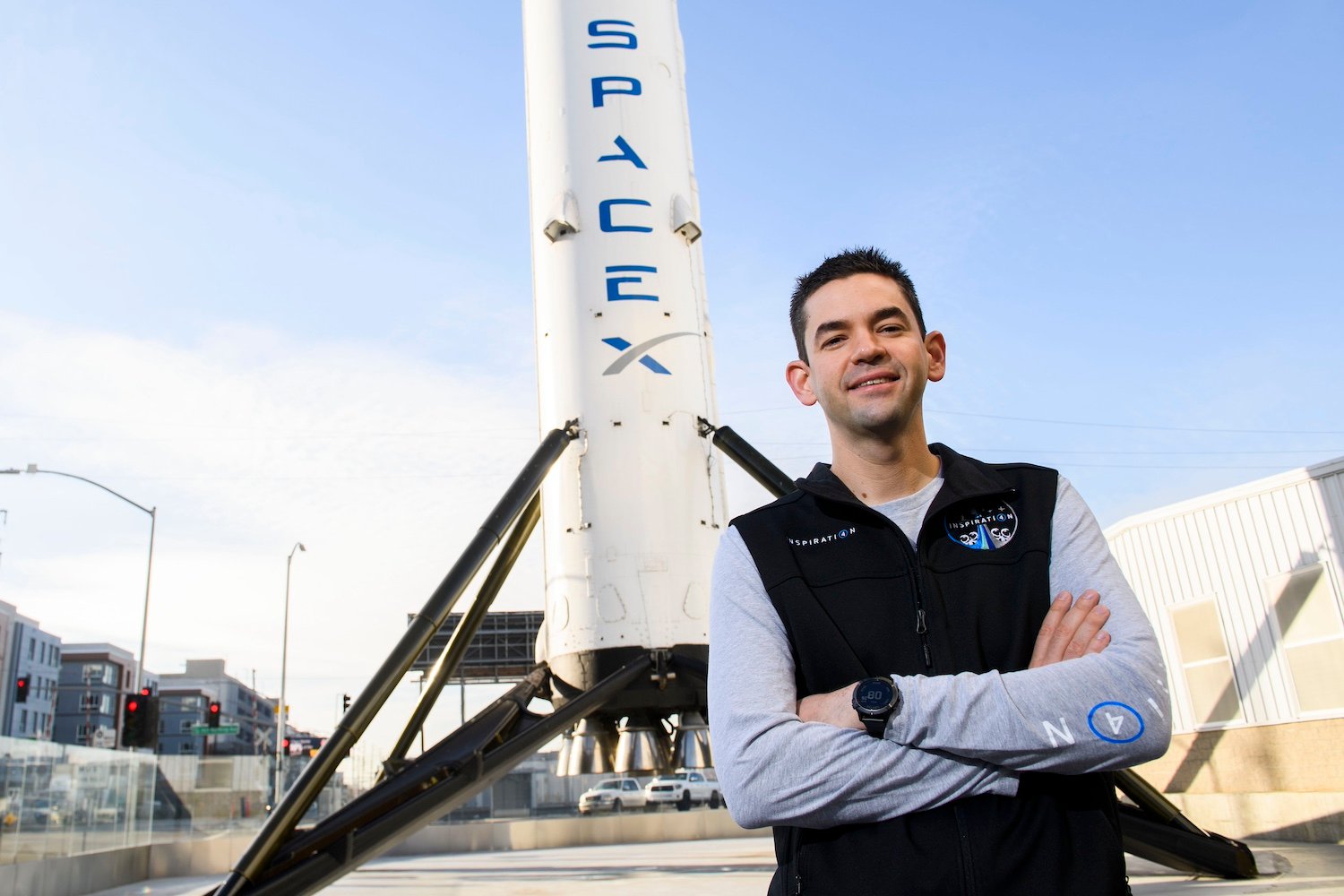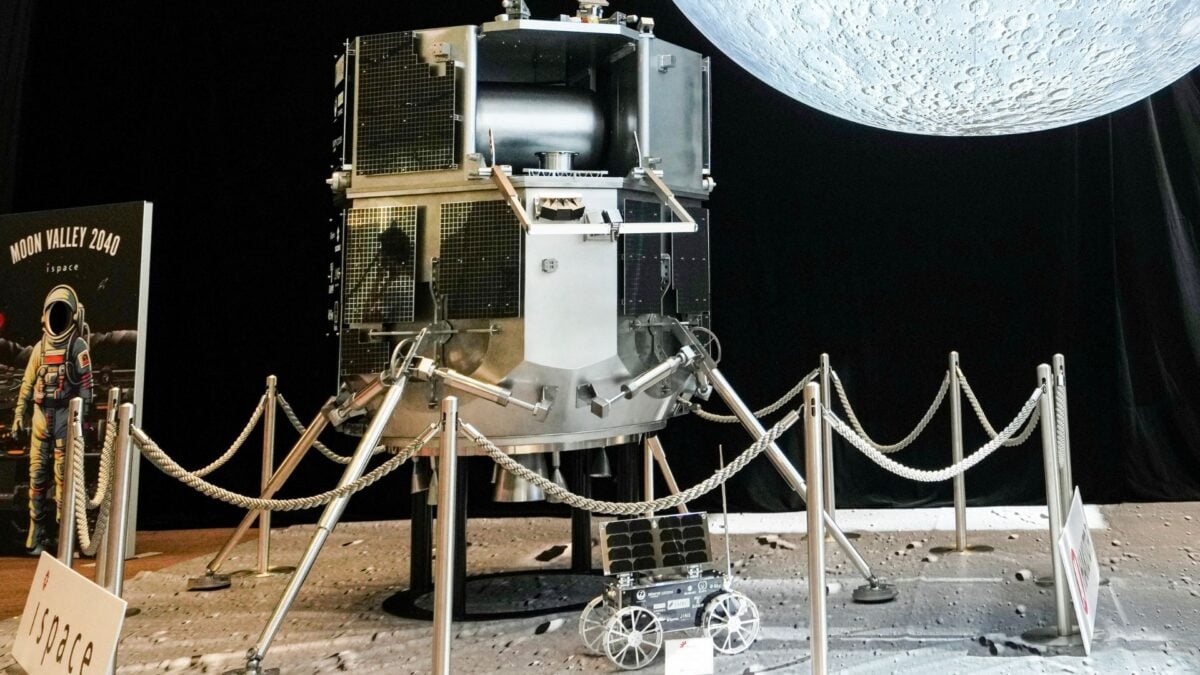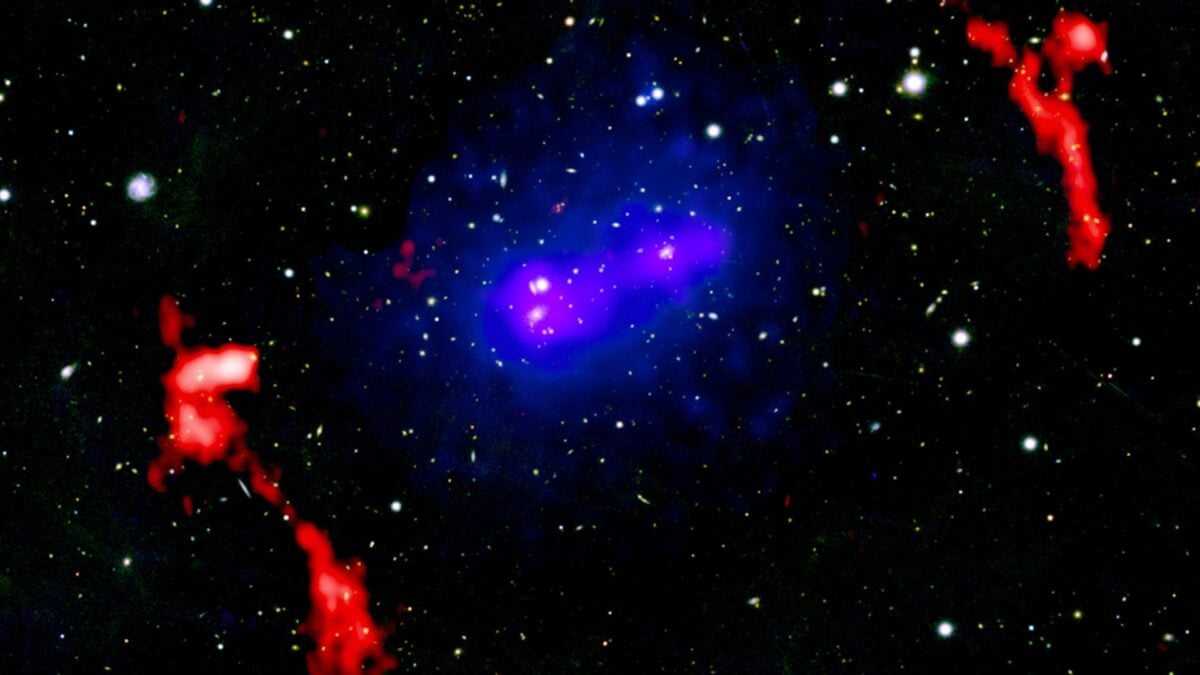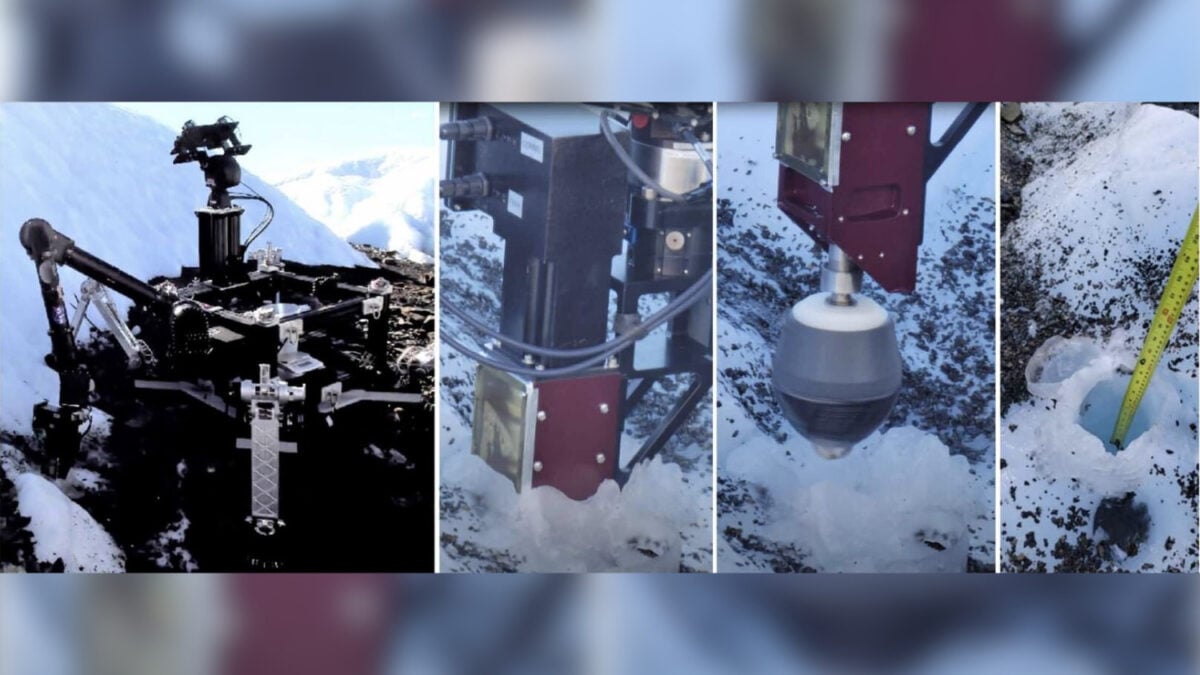The Japanese aerospace company ispace is gearing up for its second attempt to land on the Moon, with its Resilience lander scheduled to touch down in the lunar far northern region. After a six-month journey, the ispace Resilience Moon landing attempt on June 5th marks a critical moment for the company and commercial lunar exploration. This article delves into the mission’s details, previous challenges, and what to anticipate.
The Journey of Resilience to the Lunar Surface
Launched on January 15, the Resilience mission is ispace’s determined follow-up mission. While it shared its initial ride to space with Firefly Aerospace’s Blue Ghost lander, which successfully landed on the Moon on March 2, Resilience took a longer, more conservative trajectory. This involved an initial elliptical transfer orbit, followed by a lunar flyby to enter a low-energy transfer path. According to ispace, the lander has completed all orbital maneuvers and awaits landing from low lunar orbit. For touchdown, Resilience will autonomously fire its main propulsion to decelerate and descend.
Mission Objectives and Payload at Mare Frigoris
Resilience is targeting a soft landing near the center of Mare Frigoris, the ‘Sea of Cold,’ in the Moon’s far northern latitudes. The lander carries a small rover named Tenacious, designed to explore the lunar surface. Alongside Tenacious, Resilience is equipped with various science instruments from Japanese commercial ventures, aimed at furthering lunar understanding.
Learning from Hakuto-R: A Look at the First Attempt
This mission follows ispace’s first lunar landing attempt in April 2023 with the Hakuto-R Mission 1 (M1) lander, which unfortunately ended in a crash. Post-mission analysis revealed that during its descent, the M1 lander incorrectly estimated its altitude. It believed it was near zero altitude while still approximately 3 miles (5 kilometers) above the lunar surface. This miscalculation led the lander to prematurely slow its descent, ultimately causing it to run out of fuel and free-fall. The Hakuto-R M1 carried significant payloads, including commercial instruments and a unique two-wheeled transformable robot from JAXA, the Japanese space agency.
Renewed Optimism and the Broader Lunar Challenge
Despite the previous setback, the ispace team expresses confidence. “We have leveraged the operational experience gained in Mission 1 and during this current voyage to the Moon, and we are confident in our preparations for success of the lunar landing,” stated Takeshi Hakamada, founder and CEO of ispace, in a company announcement. The endeavor underscores the significant challenges inherent in commercial Moon landings. Recent years have seen several attempts falter, including two landers from Texas-based Intuitive Machines, Nova-C and Athena, both of which ended up toppled on the lunar surface, highlighting the difficulty of these missions.
Conclusion
The upcoming ispace Resilience Moon landing is key for Japan’s commercial space sector and lunar exploration. With lessons learned, ispace aims for a successful touchdown at Mare Frigoris. Space enthusiasts can watch live; the landing attempt streams on ispace’s YouTube channel, beginning about one hour before the scheduled landing on June 5 at 3:24 p.m. ET.




